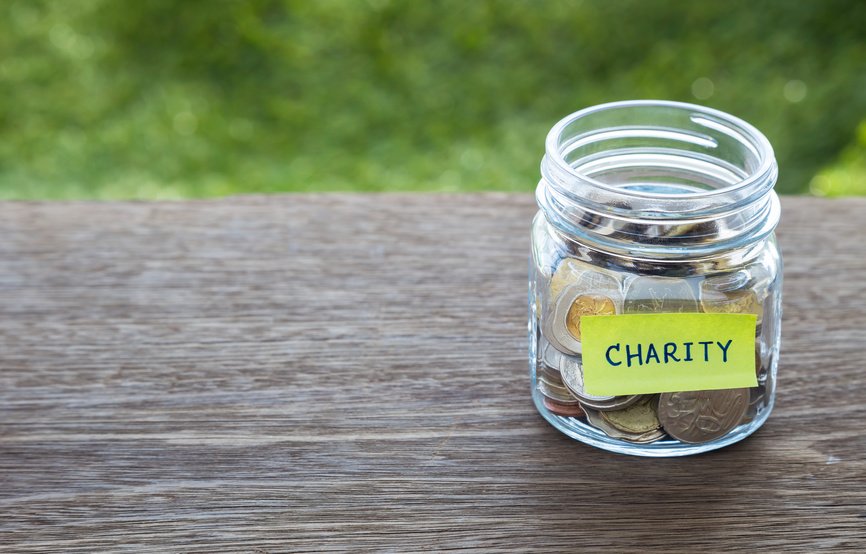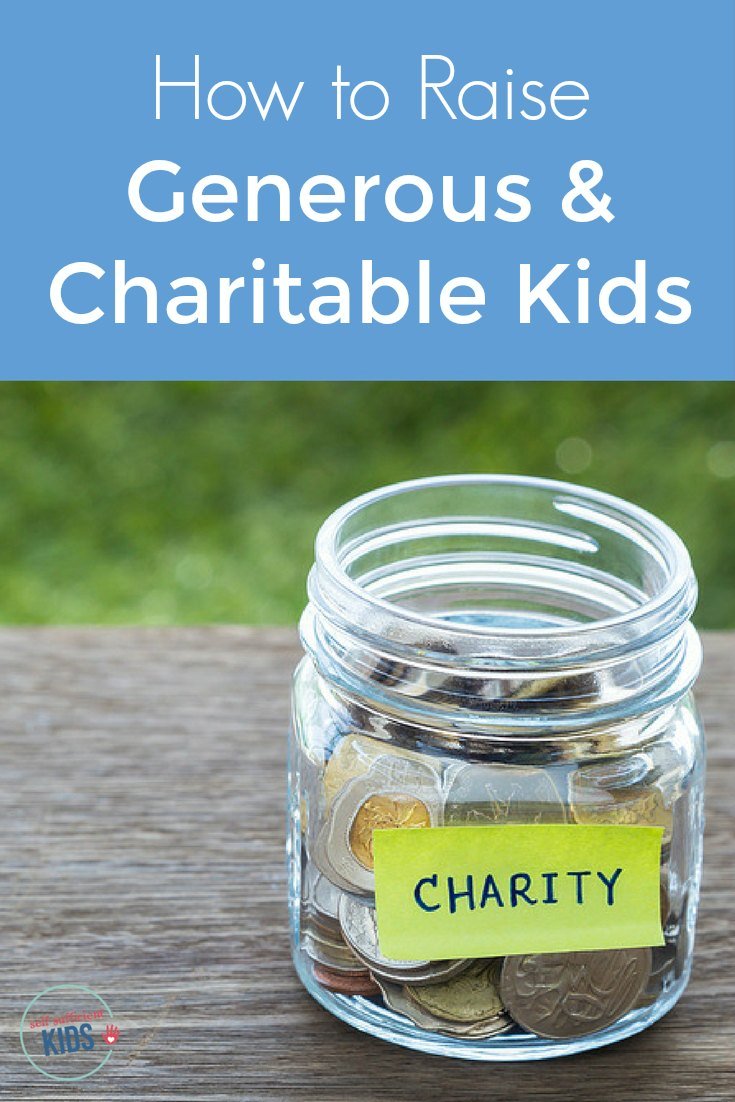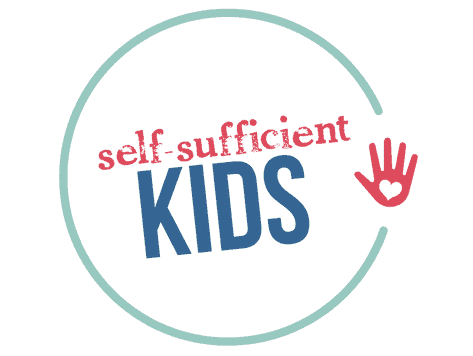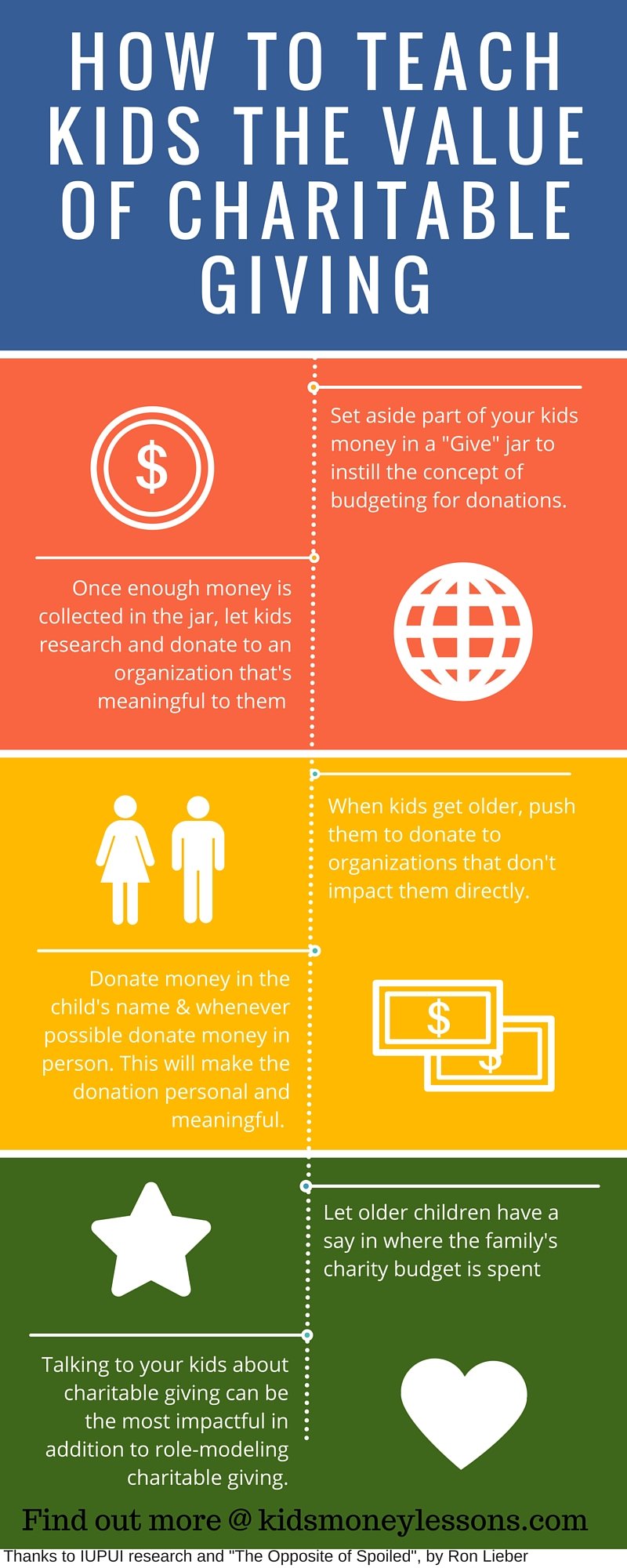How to Raise Generous and Charitable Kids
Kids learn from their parents the value of charitable giving and donating money. Teach charity with these seven tips.

“Let me get this straight: I have to give money – money that lets me buy Cray-pas, Beenie-Boos, and cheap trinkets – to someone else? Huh?”
The words didn’t come out of her mouth, but my then 5-year-old’s puzzled face spoke for her when I explained that part of her weekly allowance would go to charity.
And who can blame her really? Without understanding the needs of others why would anyone give their money away?
Talk the Talk, then Walk the Walk
Like most parents, I assumed one crucial way to teach my girls about being generous was to role-model charitable giving. If they see me give, they’ll want to give themselves.
But recently I discovered that while role-modeling does have its benefits, it’s not the most effective way to teach kids about charitable giving.
According to a study conducted by Indiana University, parents who talk to their children about charitable giving significantly increase the likelihood their children will give to charity, more so than role-modeling alone.
But what exactly does it mean to talk to kids about charitable giving?
According to the study:
Parents who want to raise charitable children should talk intentionally with them about their own philanthropic values and practices throughout childhood and adolescence in addition to role-modeling.”
Huh. Looks like I have more talking to do…

The Give Jar
But talking to kids about money and being charitable ourselves isn’t the only way kids can learn about charitable giving.
I’m a strong believer in learning by doing and as I mentioned before, a part of our girls’ weekly allowance ends up in a Give jar – money set aside for the purpose of donating it.
And while the Give jar can be baffling at first – especially for very little kids – after a few explanations of the benefits of charitable giving, kids begin to get it and setting aside money to give to others becomes commonplace.
Once enough cash has accumulated in the jar – for us it’s about $20 – I then let the girls decide where they want to donate their money.
First Me, Then You
The first donation my younger daughter made was to The Fresh Air Fund because we hosted a FAF child last summer and my daughter became fast friends with her. And my oldest’s first donation was to the Animal Rescue League of Boston since we adopted a cat from there last spring.
See a theme? My girls’ donations have mainly been to organizations that benefit them.
But that’s OK.
When trying to grasp the idea of charitable giving, kids first need to understand how the organizations they’re donating to help others and what better way to understand that concept than to experience the impact of these organizations themselves.
But as Ron Lieber says in this book “The Opposite of Spoiled“, after a few years of giving to organizations near-and-dear, consider introducing a new challenge to older kids – have your kids give money to people or organizations that help other people they don’t know directly.
Related: 8 Charities That Will Inspire Your Kids to Give
This not only exposes kids to a variety of non-profit organizations trying to accomplish good but also fosters a sense of empathy in kids that hopefully grows over their adolescence and adulthood.
Make it Personal
Trying to make the concept of giving to others as tangible as possible to children will carry the lesson of charitable giving even further.
There are a few ways parents can accomplish this:
- Donate In the Child’s Name: Yes, you will miss out on a teensy-tiny tax break, but your child will likely begin to receive solicitation letters in the mail from organizations they have donated to which feels very grown-up and important.
- If Possible, Give Money In Person: Handing money over to an actual person really solidifies where the money is going and who it is helping.
- Let Kids Have a Say: When they’re older, letting kids have a say in how to spend the family charity budget will give them even further hands-on experience in donating money. In the first year, kids can be in control of a small percent of the budget that increases each year.
A Long Journey to Encourage Kids to Donate Money
The benefits of giving money away to others aren’t something kids are going to grasp tomorrow. The journey of raising empathetic kids happens in small steps and over time.
Even though she willingly hands over her collected Give jar money, my youngest still doesn’t entirely understand why she gives her allowance away and what actually happens to it when it “disappears”. But with most lessons, introducing the concept of charitable giving at a young age and enforcing it through adolescence with increasing responsibility can help carry our kids into adulthood with a strong understanding that helping others is the right thing to do.
You may also like:

